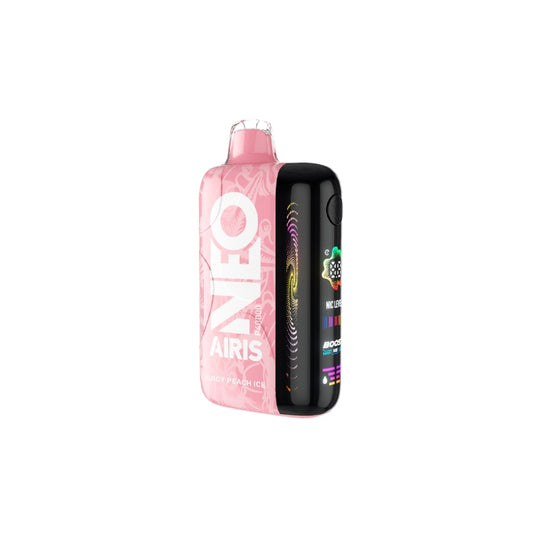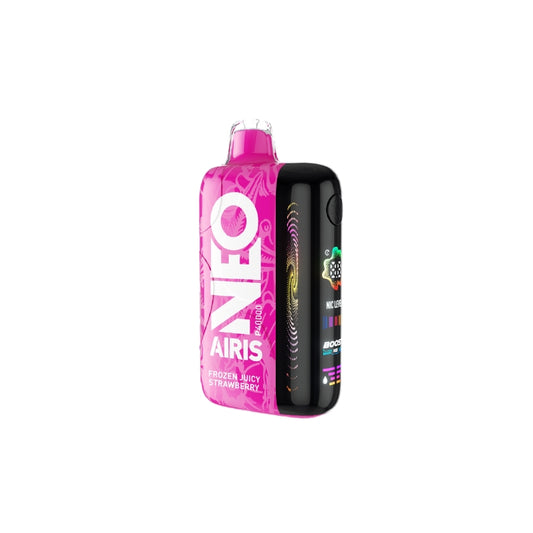Exploring the Difference Between Vapor and Smoke: A Comprehensive Analysis
Difference Between Vapor and Smoke
Unraveling the Mystery
Understanding the fundamental differences between vapor and smoke is crucial for anyone considering a switch to vaping from traditional smoking. The distinction between these two forms of inhalation can impact health, experiences, and the perception of products such as vaping devices and e-cigarettes. Let's delve into the intricacies of vapor and smoke, and how they set the stage for a new era in the world of inhalation.
1. Composition
The most significant difference between vapor and smoke lies in their composition. Traditional cigarette smoke is a byproduct of combustion, a process that involves burning tobacco at high temperatures. This combustion process releases thousands of chemicals, many of which are harmful and carcinogenic. In contrast, vapor is generated by heating a liquid solution in an e-cigarette or vaporizer, which typically contains propylene glycol, vegetable glycerin, flavorings, and nicotine. The heating process does not involve combustion, so fewer harmful chemicals are produced.
2. Harmful Substances
While both vapor and smoke contain nicotine, the presence of other harmful substances greatly varies. Smoke from traditional cigarettes is known to contain tar, carbon monoxide, and a host of other toxic chemicals that can lead to serious health issues, including respiratory diseases and cancer. Vapor, on the other hand, has been found to contain significantly fewer harmful substances, making it a less harmful alternative to smoking.
3. Environmental Impact
The environmental impact of smoking and vaping also differs significantly. Smoke contributes to air pollution and can linger in enclosed spaces, affecting the air quality and posing a risk to non-smokers. In contrast, vapor dissipates quickly and does not contribute to long-term air pollution. This makes vaping a more environmentally friendly option compared to traditional smoking.
4. Visibility and Odor
The visibility and odor of vapor and smoke are another point of differentiation. Smoke is often more visible, with a telltale grayish-white cloud that can be easily detected. The odor of smoke is also more pungent and can linger on fabrics and surfaces. Vapor, however, tends to be less visible and has a lighter odor, which dissipates quickly. This makes vaping a more discreet option in social settings.
5. Health Perception
The perception of health risks associated with vapor and smoke also varies. While both contain nicotine, which is an addictive substance, the public's perception of vaping is generally more favorable due to the reduced number of harmful chemicals involved. However, it's important to note that the long-term health effects of vaping are still being studied, and it is not without risks.
6. Legal and Social Acceptance
Finally, the legal and social acceptance of vapor and smoke also differ. In many places, smoking is heavily regulated, with restrictions on where cigarettes can be smoked and strict penalties for non-compliance. Vaping, while also subject to some regulations, is often perceived as a more acceptable alternative, with fewer restrictions in place.
Conclusion
In conclusion, the differences between vapor and smoke are multifaceted, spanning composition, health risks, environmental impact, visibility, odor, and social perception. As the popularity of vaping continues to rise, understanding these distinctions is essential for making informed decisions about your inhalation habits.




